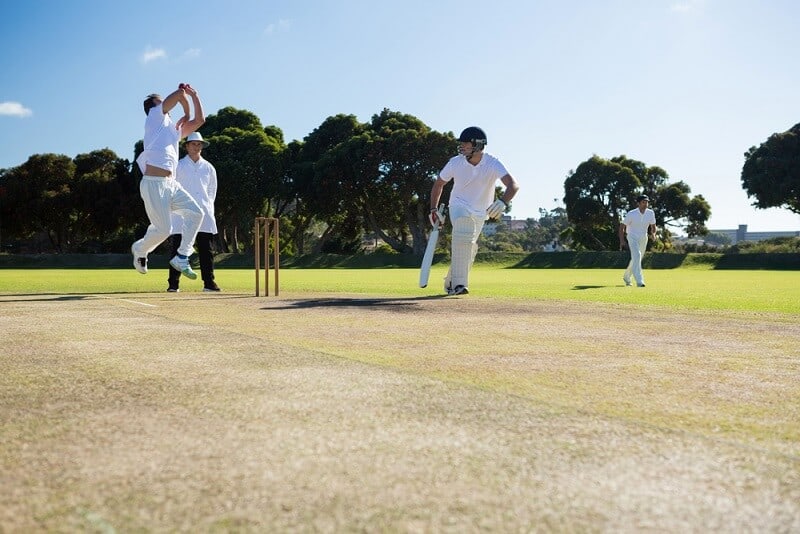Like many sports, cricket has the potential to dangerous. There’s plenty of footage on the internet showing balls flying at tremendous speeds and bats being flung through the air – often straight into the players! It’s just as well there is so much protective cricket gear available. While serious critical injuries are fairly rare, there are several ways you can hurt yourself if you’re not careful.
Let’s look at the top five most common cricket injuries and how to treat them:
Hamstring strain
Ouch! There is nothing like a tweaked hamstring to have you hobbling around like a soccer player! Did you know around 25% of hamstring injuries reoccur? While it’s easy to blame poor strength and conditioning for hamstring injuries, there are some things you can do to keep this from happening again.
The hamstrings are a muscle group that runs down the backs of your legs, allowing them to bend at the knee. When you overload these muscles, they will strain or, in some cases, completely tear.
Signs of a hamstring strain:
- A ‘snap’ or ‘pop’ felt during exercise.
- Sudden or severe leg pain during exercise.
- Pain or tightness when straightening or bending the leg.
- Difficulty weight-bearing.
Hamstring strain treatments:
- Soft tissue massage
- Dry Needling
- Electrotherapy
- Joint Mobilisation
- Ice & Heat
Lower back pain
Lower back pain can vary from mild to chronic but can significantly impact your cricket-playing ability. From swinging for sixes or diving for a wicket, playing cricket relies heavily on the lower back. Hurting your lower back is known as a “lumbar sprain.”
Lumbar sprain causes include:
- Direct trauma
- Overuse
- Fatigue
- Sudden movement
- Muscle imbalance.
Lumbar sprain treatment:
- Ice and rest.
If you experience severe ongoing pain which doesn’t subside after a few days, contact your health professional to properly diagnose and treat your injury.
Side strain
Often seen in bowlers, a side strain is where you tweak your oblique muscles.
Side strain causes:
- Direct trauma
- Overuse
- Fatigue
- Sudden movement.
Side strain treatment:
As with other sprains, treat the inflamed area immediately with ice and rest.
Shoulder pain
Shoulder pain is common in cricketers. All aspects of the game (bowling, batting, fielding, and even wicketkeeping) put your shoulders into physical overdrive.
Shoulder pain causes:
- Repetitive action (bowling, throwing, etc.)
- Sudden impacts
- Fatigue.
Shoulder pain treatment:
- Physiotherapy
- Icing
- Anti-inflammation medication
- Anti-inflammatory gel
Consult your medical professional if you experience ongoing shoulder pain.
Sprained ankle
Ankle sprains are a common cricket injury. When players move quickly from stationary or stop suddenly, the shifting momentum can stress the ankle and cause it to sprain.
Sprained ankle prevention:
- Bracing (strap-on braces)
- Taping (applied by a Physiotherapist)
- Plyometrics.
Sprained ankle treatment:
- Rest
- Ice therapy
- Compression with a cohesive bandage
- Elevation of the ankle to reduce swelling
If you experience an ankle sprain playing cricket, it’s essential to seek proper diagnosis and treatment to ensure there isn’t something more serious at play.
Meulemans Cricket Centre – protective cricket gear for all Meulemans Cricket Centre has all the cricket equipment and gear you’ll need for your next match. Browse our full range online, or head to our South Perth Store or Joondalup Megastore for further assistance.




